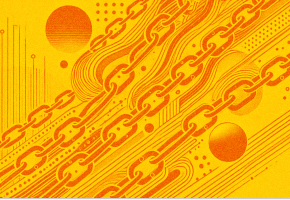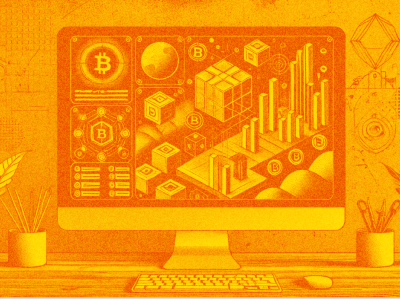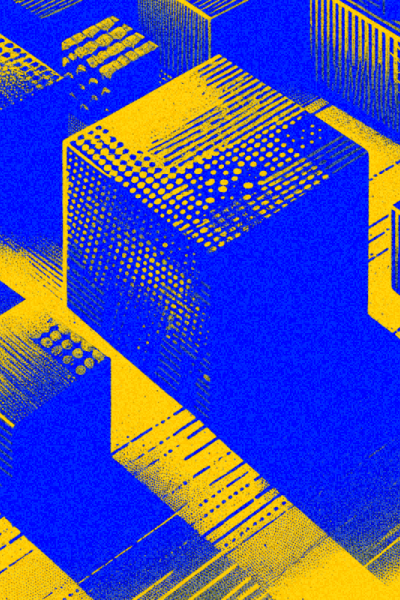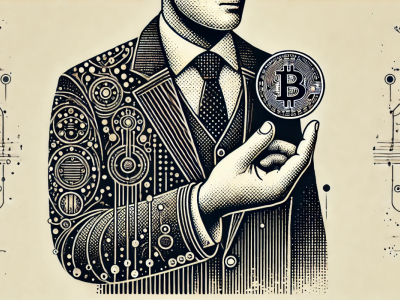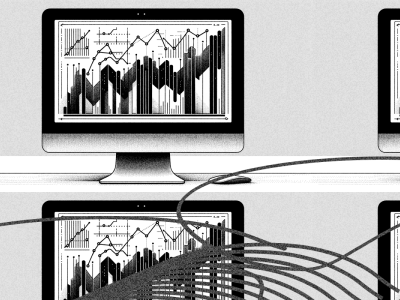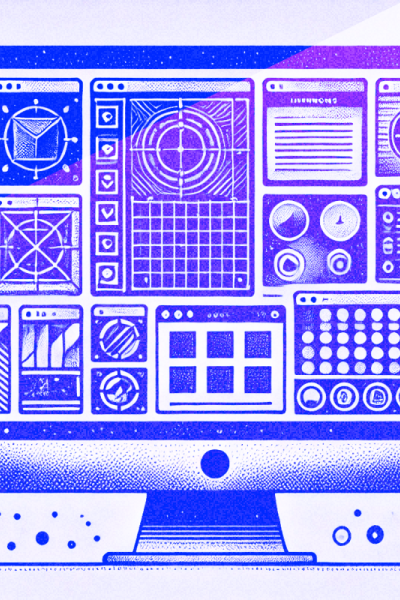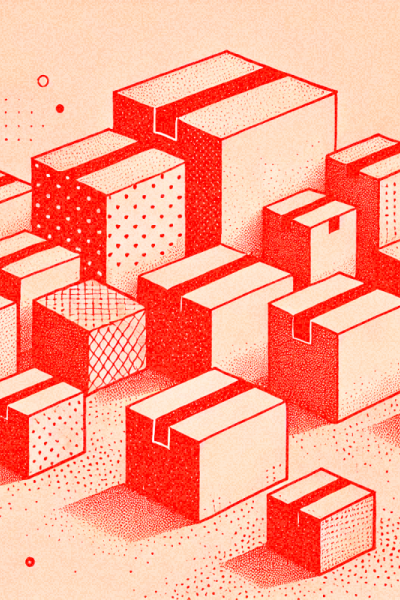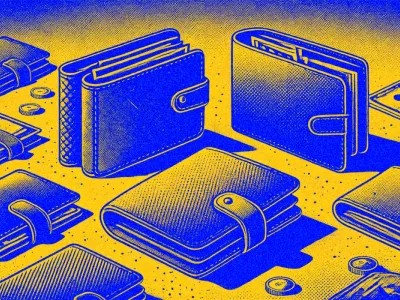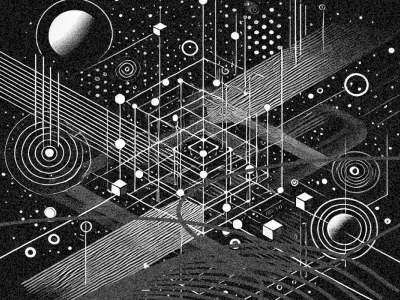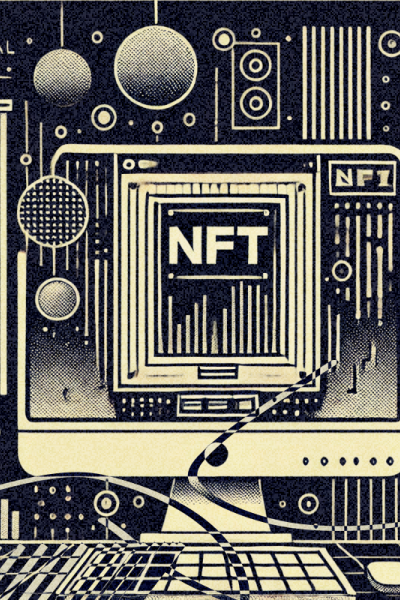Decentralized finance (DeFi) and traditional financial systems (TradFi) perform similar basic functions: asset exchange, lending, and capital management. However, the key difference lies in how transactions are processed and data is managed.
In the traditional financial system, control over transactions is concentrated in the hands of central organizations — banks or exchanges. These institutions play a central role: maintaining internal ledgers and managing data by modifying, canceling, or blocking transactions. Access to services is regulated by user identification rules (KYC), limiting opportunities for anonymous and decentralized operations.
In DeFi, by contrast, distributed blockchain technology is used. The ledger is maintained by multiple nodes, rather than a single central organization. All blockchain transactions are immutable and secured by smart contracts, eliminating the possibility of data alteration or interference. Smart contracts automatically enforce transaction terms.






